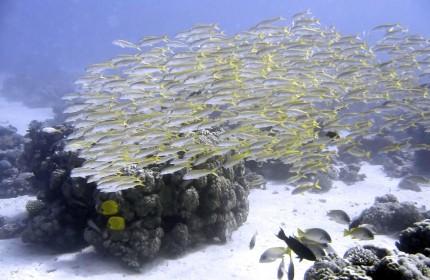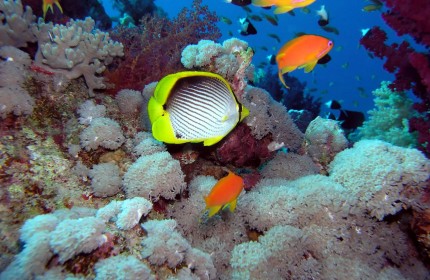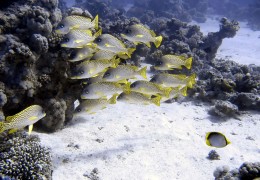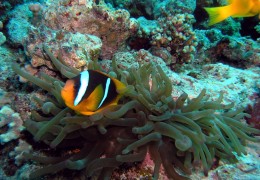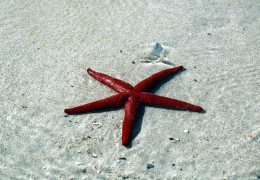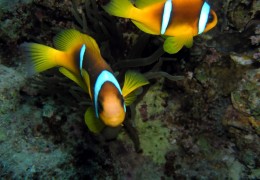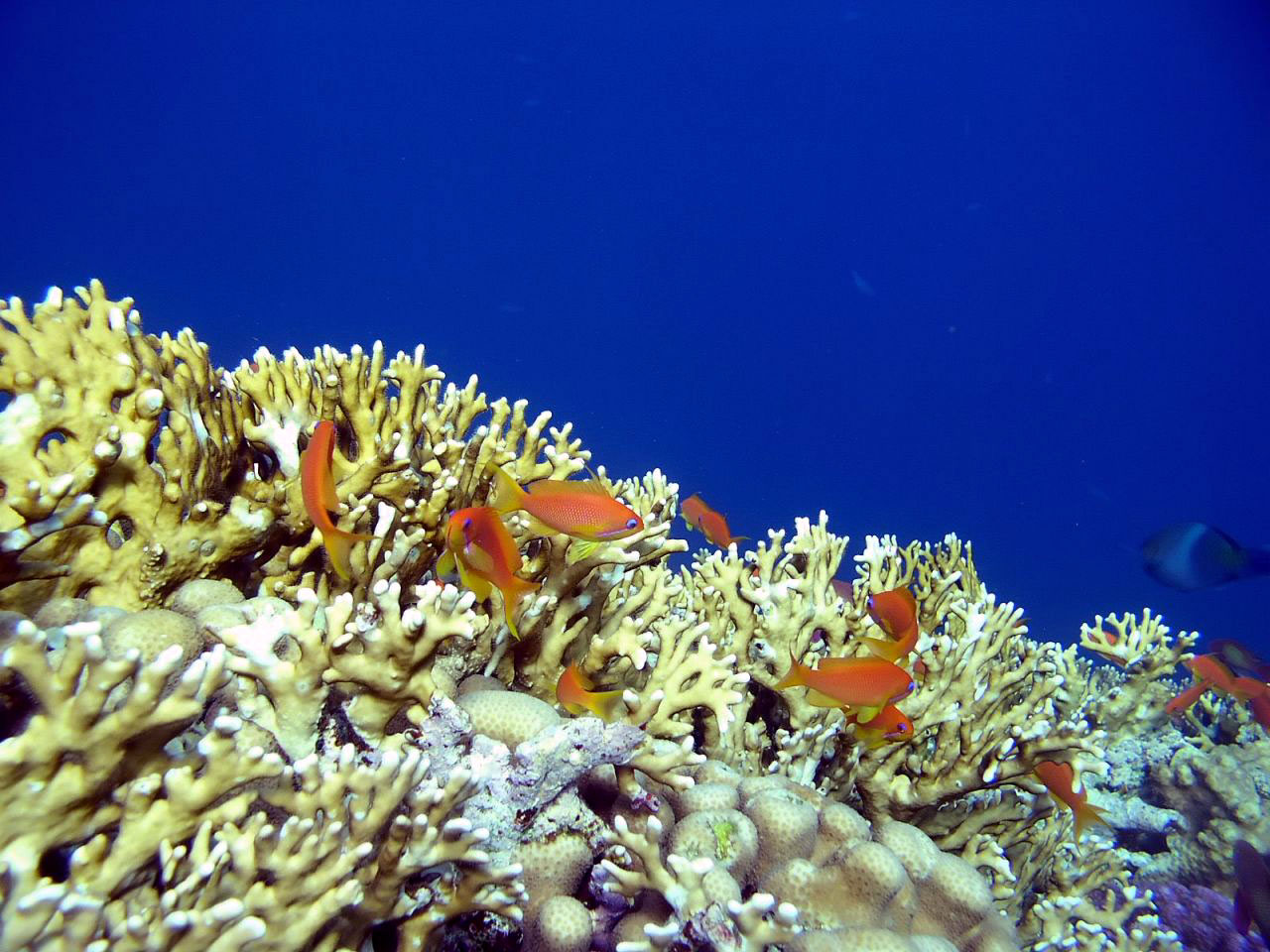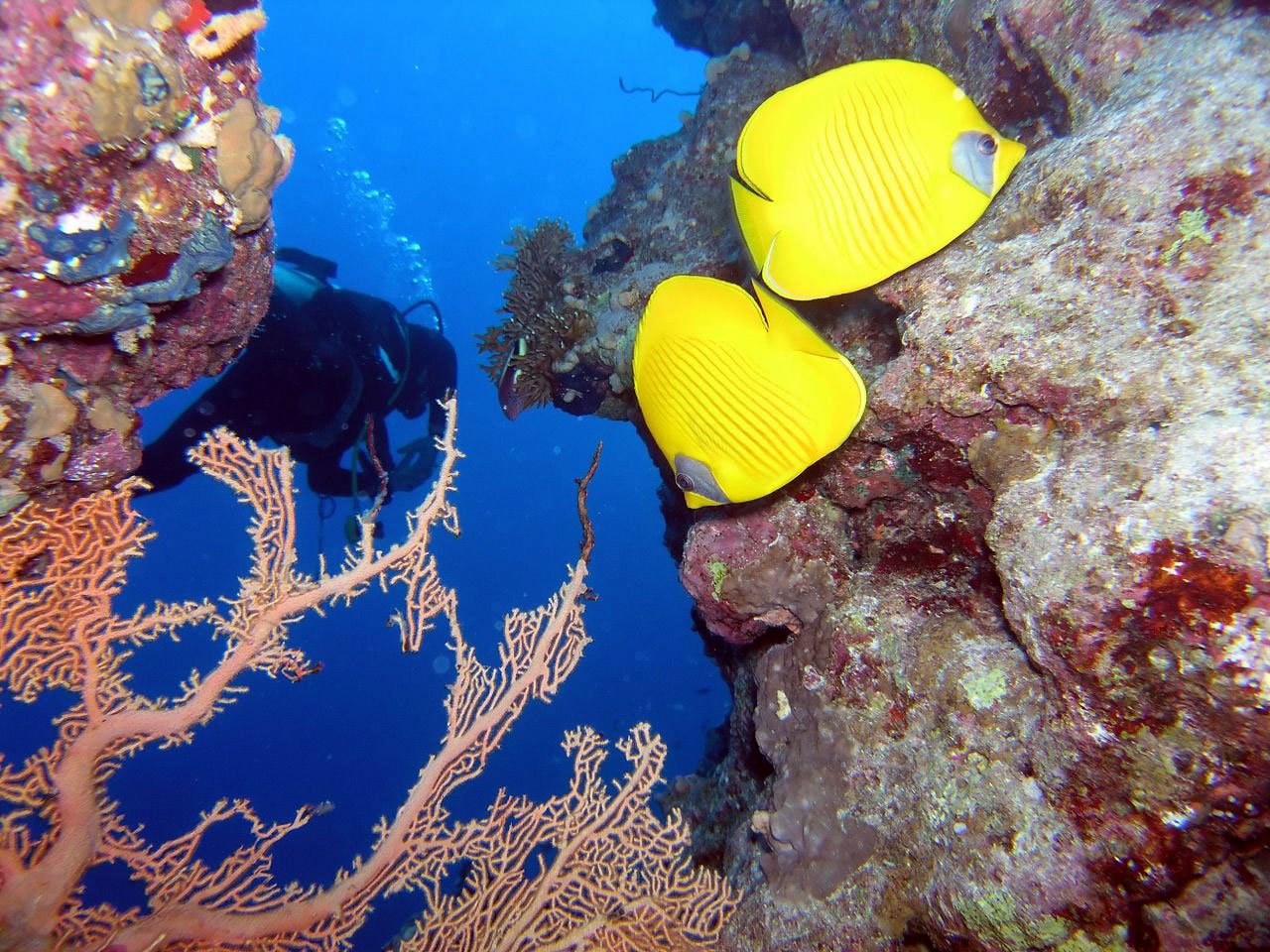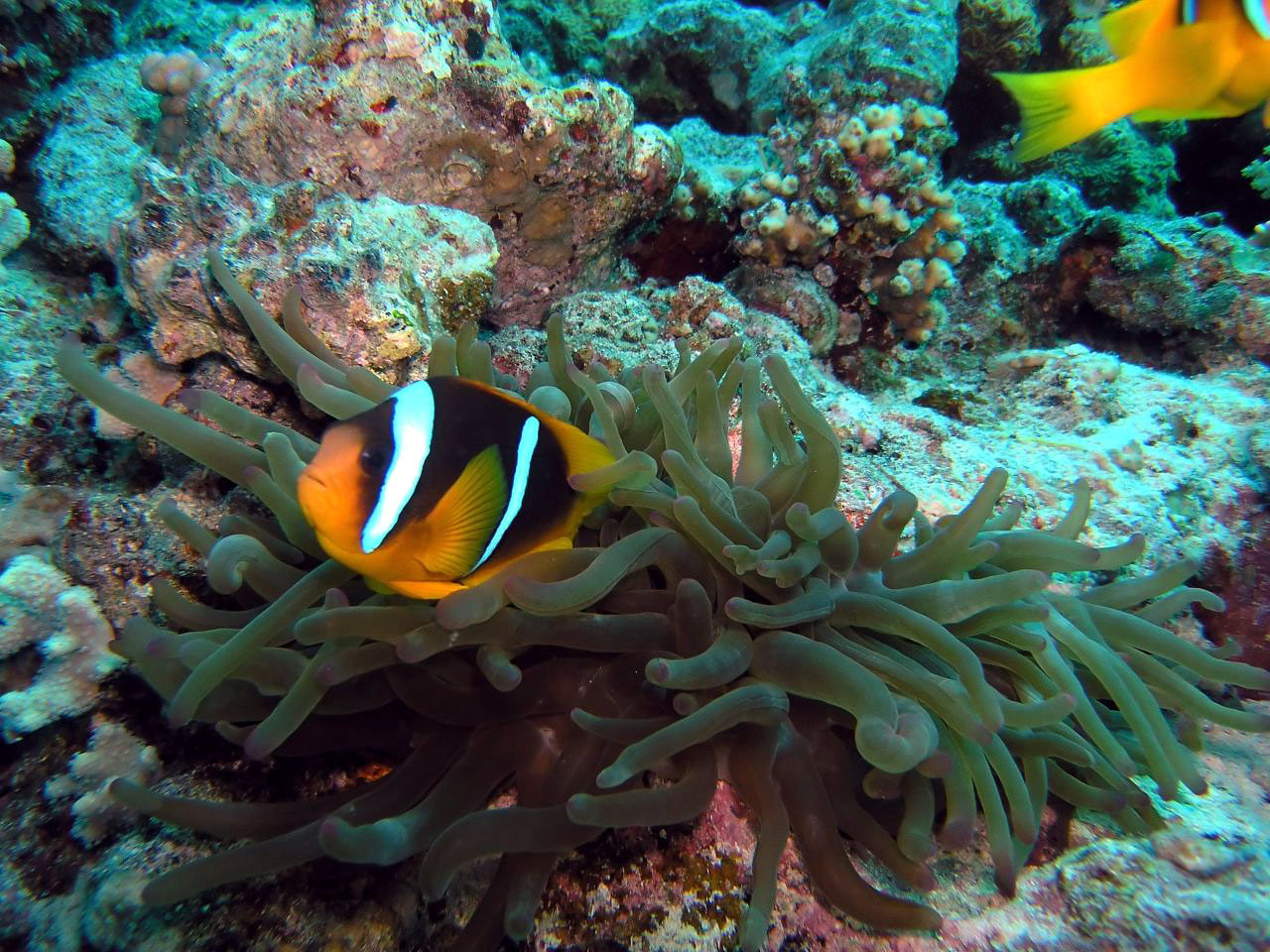Competitive diving
Most diving competitions consist of three disciplines: 1 m and 3 m springboards, and the platform. Competitive athletes are divided by gender, and often by age group. In platform events, competitors are allowed to perform their dives on either the five, seven and a half (generally just called seven) or ten meter towers. In major diving meets, […]
